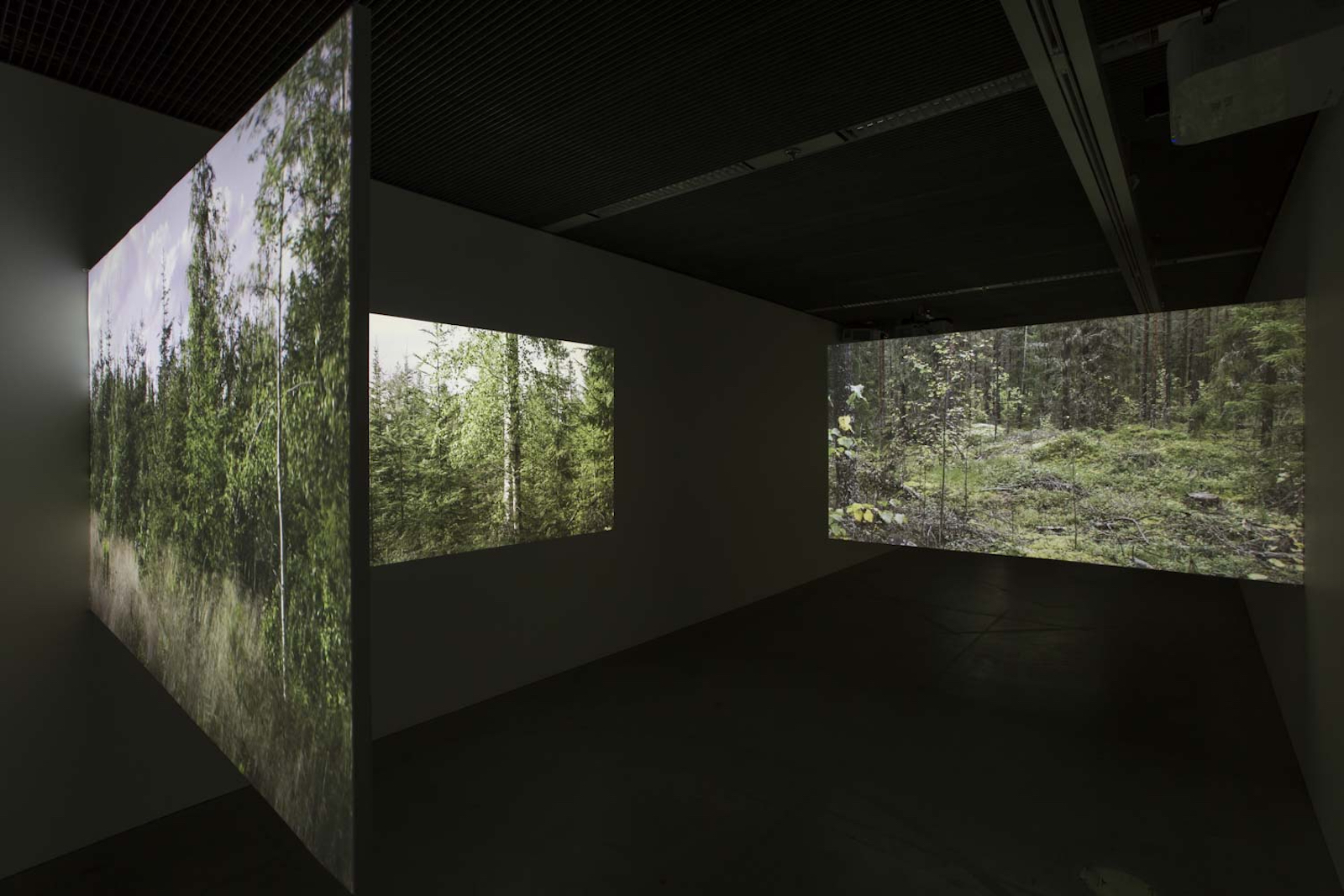Super Field

Super Field is an immersive sonic and visual exhibition that highlights the work of Australian and international artists engaging with remote regions and their communities. In these places reside marginalised or displaced communities, extreme climate, endangered wilderness, and the corrosive effects of industrialisation. The works respond to a complex set of social, economic, political and environmental issues to deepen understanding of these places and their communities.
High Country:
The Australian Alps
8–22 Dec. 2017
- Benoit Bories [FR]
- Jay-Dea Lopez [AU]
- Philip Samartzis [AU]
- Michael Vorfeld [DE]
- Matthew Berka [AU]
- Madelynne Cornish [AU]
- Matthew Quomi [AU]
A Surrender to Nature:
The Kimberley
16–20 Jan. 2018
- Philip Samartzis [AU]
- Madelynne Cornish [AU]
Glacial Erratic:
Antarctica and the Arctic
23 Jan. – 3 Feb. 2018
- Natasha Barrett [UK]
- Lawrence English [AU]
- Douglas Quin [US]
- Philip Samartzis [AU]
- Jana Winderen [NO]
- Anne Colomes [FR]
- Madelynne Cornish [AU]
- Polly Stanton [AU]
Unheard Spaces:
International Wilderness Areas
6–17 Feb. 2018
- Yannick Dauby [TW]
- Hughes Germain [FR]
- Martin Kay [AU]
- Slavek Kwi (Artificial Memory Trace) [IE]
- Douglas Quin [US]
- Philip Samartzis [AU]
- Chris Watson [UK]
- David Burrows [AU]
- Madelynne Cornish [AU]
Super Field provides audiences with an immersive encounter of a wide selection of environments using 40 loudspeakers and an array of projected images dispersed throughout the gallery. Audiences will be encouraged to wander through the field of loudspeakers and projected images as they would a forest, navigating densities of space and discrete zones of aural and visual experience.
Super Field provides a platform to enable artists, researchers, scholars and curators to engage with contemporary global concerns to enhance understanding of remote ecologies. By provoking new ways of hearing and of seeing these spaces, such artworks can encourage a deeper sense of appreciation and advocacy for the places captured within them, and prompt us to hear and see other places – both foreign and familiar – anew.
Writers
- Dr Ben Byrne
- Dr Carolyn Philpott
- Dr Leandro Pisano
- Dr Kristen Sharp
Super Field is presented by RMIT Design Hub and Bogong Centre for Sound Culture. For more information please refer to RMIT Design Hub
Supported By
Benoit Bories is supported by the Institut Français, Municipality of Toulouse and the Alliance Française in Australia.
